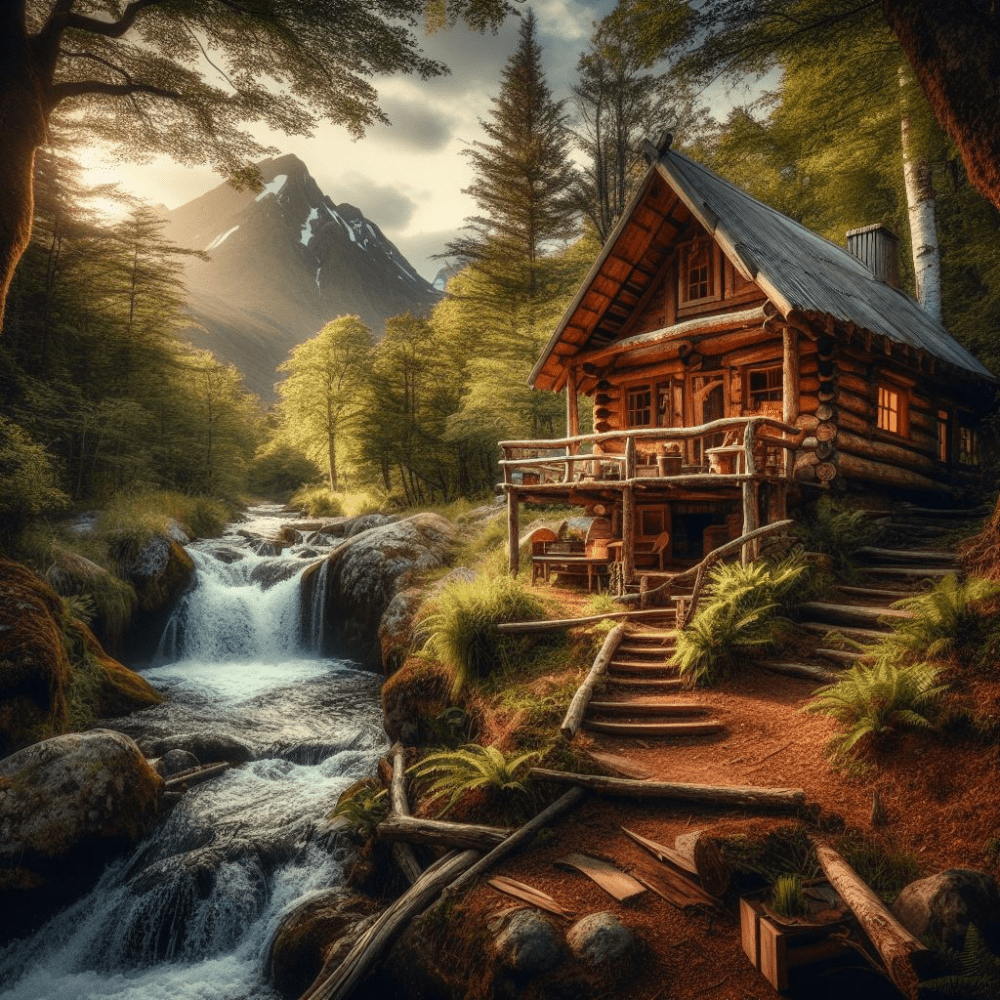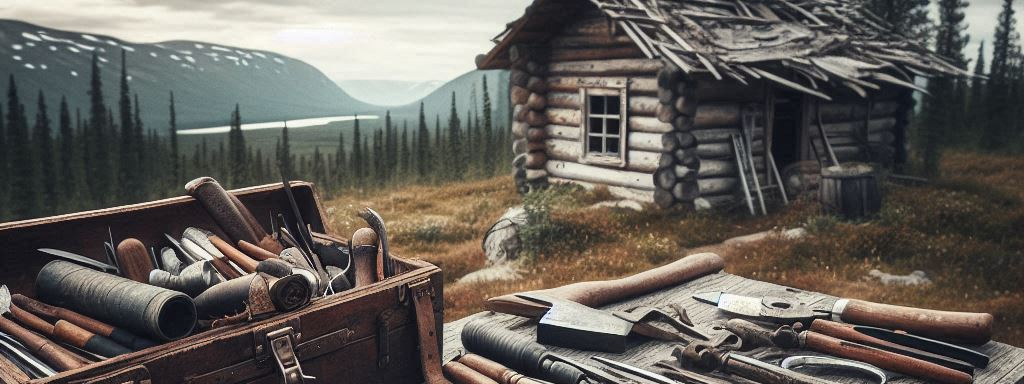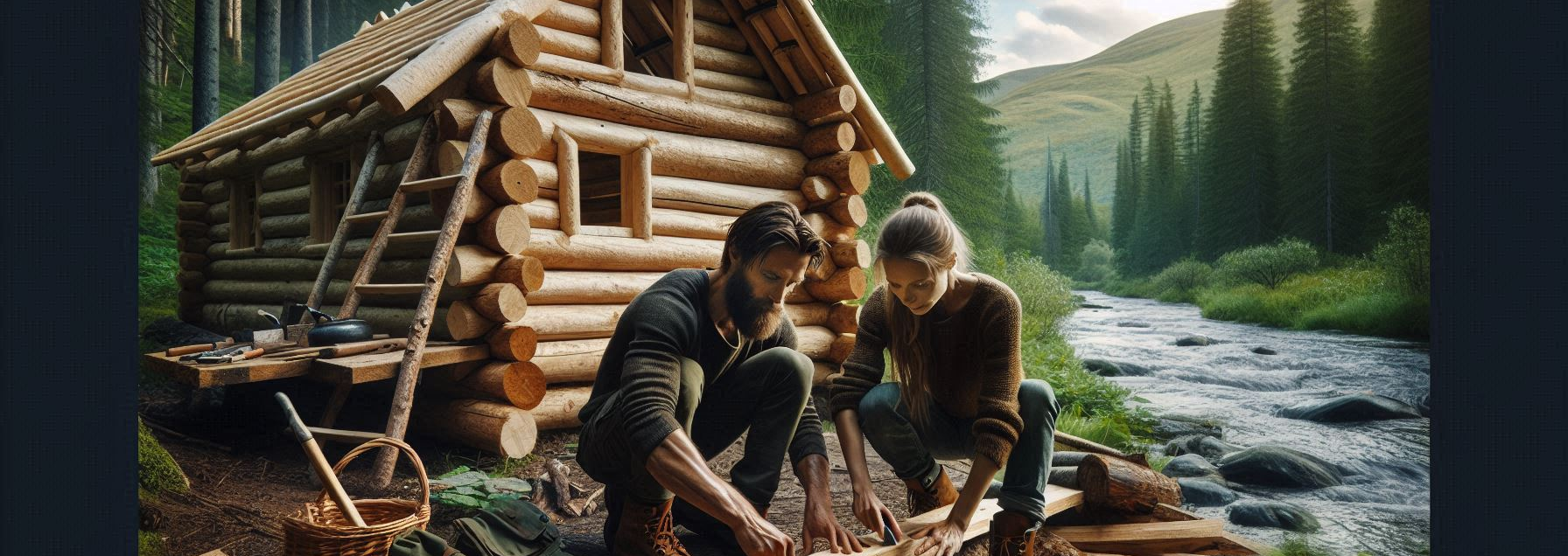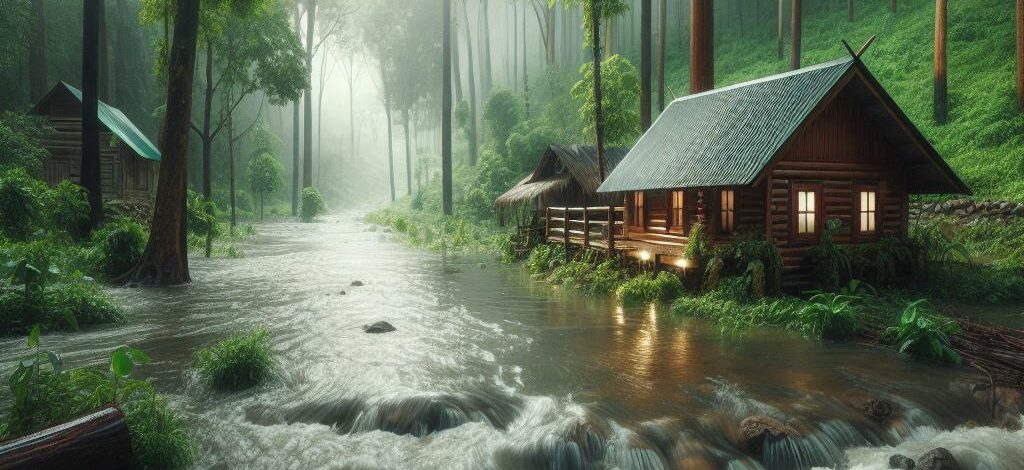You’re going to find out about the Tiny Home movement that’s capturing hearts worldwide. It’s about simplicity and sustainability, but it’s also about freedom and the essence of living with less to enjoy more.
Imagine shrinking your living space down to just the essentials but still having everything you need. The movement isn’t just a fad; it’s a conscientious shift towards a smaller ecological footprint, and it’s empowering a wave of people looking for a more manageable lifestyle.
So you might wonder, what’s so alluring about a tiny home or a cozy cabin? Well, for starters, there’s the significant cutback on clutter and the emphasis on the things that truly matter. Plus, with a tiny home, you wave goodbye to massive utility bills and the endless maintenance that often comes with larger properties.
And let’s talk environment–these pint-sized dwellings are often built with eco-friendly materials and set up to leave the smallest carbon footprint possible. The result? You’re not just simplifying your life; you’re also doing your bit for the planet.
Rolling into the next section, I’m going to share tips and tricks on designing your tiny dream home. This is where creativity meets practicality—think multi-functional furniture and clever storage solutions. Whether you are a minimalist at heart or just seeking a retreat from the busy world, designing your tiny home is an exciting journey towards creating a space that’s truly your own.
Designing Your Tiny Dream Home: Tips and Tricks
I’m going to walk you through creating a space that doesn’t just shrink your living area, but also expands your life quality. That’s going to include finding designs that are as functional as they are cozy.
You’re going to find out about incorporating eco-friendly materials and tech, which isn’t just about saving the planet – it’s also about saving you money in the long run.
Choose something that resonates with you when it comes to customization options. Maybe it’s a fold-out desk for your writing, or a storage nook that doubles as a cozy reading spot; whatever it is, make it yours.
A lot is happening very quickly in the field of space-saving furniture and appliances, and these innovations can be a game-changer for your tiny home design.
If you want to reduce your carbon footprint while crafting your tiny residence, solar panels, compost toilets, and rainwater collection systems are just a few ways to make a big impact.
The Financial Implications of Tiny Home Living
You’re going to find out about how going small can mean big savings. Tiny homes often come with a reduced price tag compared to traditional home ownership, and this is a huge draw for many. But that initial cost is just part of the picture.
For starters, many people ask about the financing of tiny homes. While they may not qualify for conventional mortgages, personal loans, RV loans, and manufacturer financing are popular routes. In my opinion, do your homework here to understand which option aligns with your financial situation.
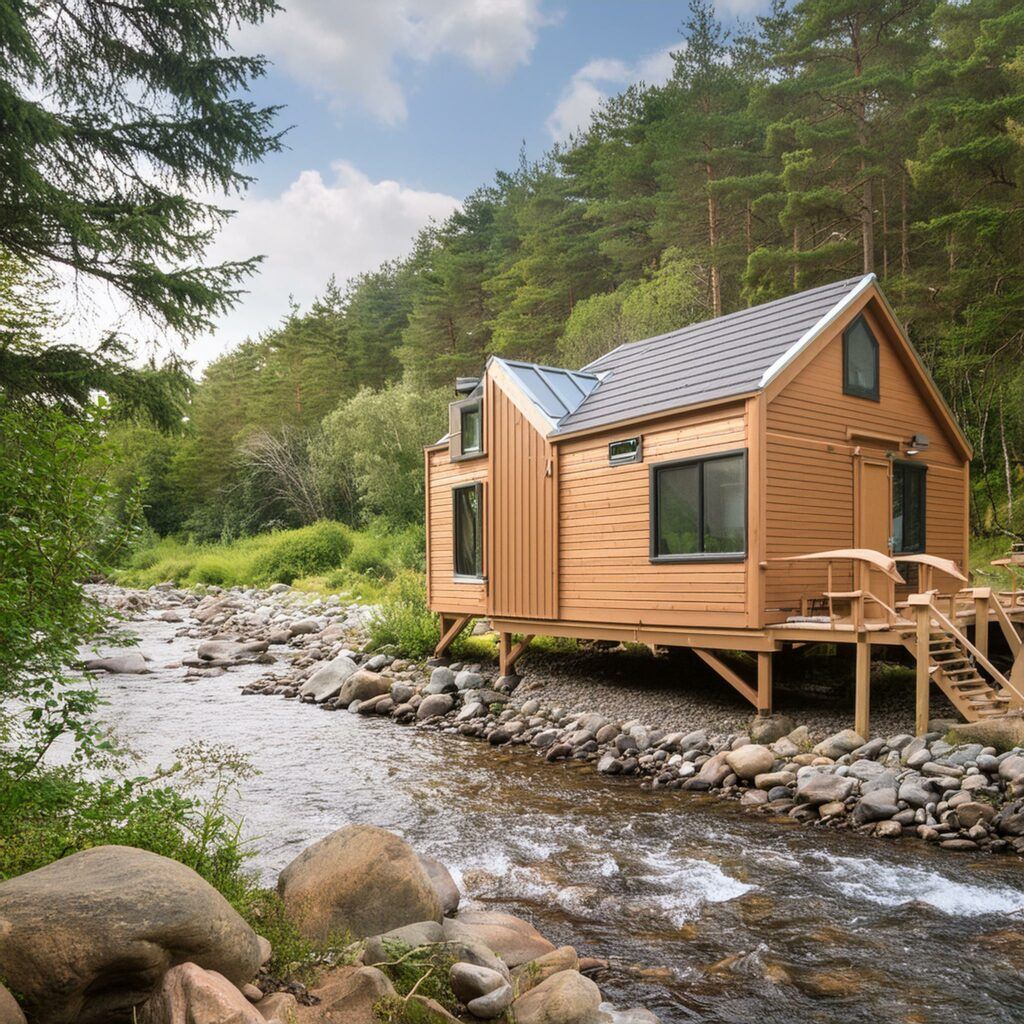
Insurance for tiny homes is another point of consideration. Since tiny homes are a relatively new concept in the housing market, finding the right insurance policy requires some digging. Policies vary widely depending on whether your tiny home is on wheels or a foundation, so choose something that resonates with you and covers your specific needs.
Now, let’s talk about the long game. There’s a lot of opportunity in decreasing your living expenses. Reduced utility costs, lower taxes, and less maintenance mean more money in your pocket over time. This can lead to significant financial freedom and the ability to invest in what truly matters to you.
You can always adjust your approach down the road, but it’s important to start with a strong plan. Keep in mind, tiny home living isn’t for everyone, but for those who value simplicity and minimalism, the economic benefits are clear. Plus, it gives you a chance to divert funds from housing to other important aspects of your life like travel or building a nest egg.
Navigating Legalities and Building Codes
First off, understanding the legal landscape for tiny homes can be a bit like putting together a puzzle. You’re going to find out about zoning laws which can vary widely by location and often dictate where you can place a tiny home. In some places, tiny homes are classified as accessory dwelling units (ADUs), while in others, they might be considered RVs.
Next, if you want to construct a tiny home, you’ll need to get familiar with the permit process. It’s not just about picking out the perfect spot; you’ll have to ensure that your dream home is up to code. This can include everything from the size and foundation requirements to utility hookups.
Choose something that resonates with you when it comes to the design of your tiny home, but don’t forget that building standards and codes are in place for your safety. They’re not just bureaucratic red tape. Following them can help you avoid costly mistakes, and ensure that your tiny dwelling is both safe and insurable.
So my question to you today is, are you ready to embark on the tiny home journey knowing the legal considerations? If yes, I’ve been loving it. It’s great to see people like you embracing the tiny living philosophy. Just remember, your first attempt at understanding and navigating these regulations doesn’t need to be your last. There are experts and communities out there to help you through it.
As an Amazon Associate I earn from qualifying purchases.
